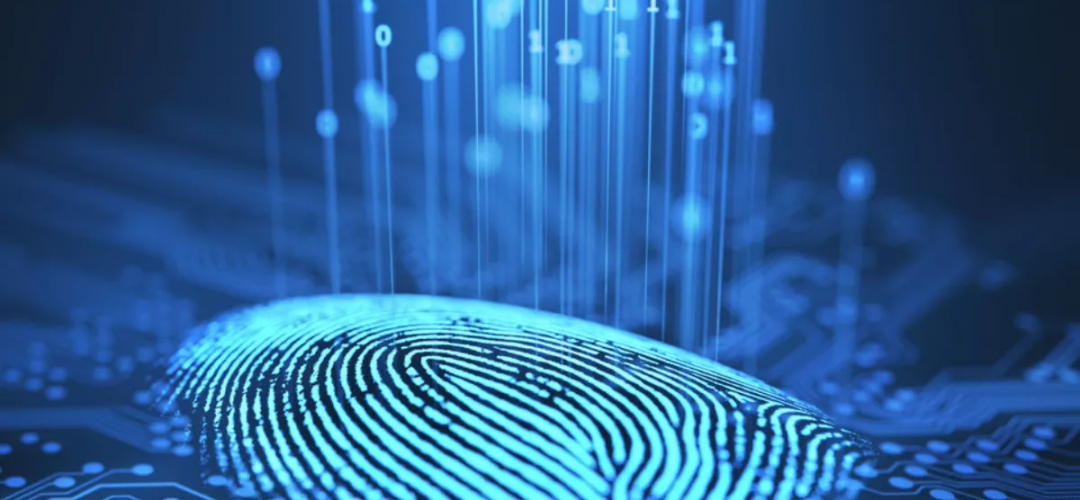In a world increasingly focused on security and efficiency, the realm of finance has seen a revolutionary shift towards embracing biometric verification. This advanced method of identification, utilizing unique human features, represents a significant leap in both safeguarding and streamlining financial transactions and services.
This blog post delves into the innovative advancements in biometric verification within the financial sector, exploring how these technologies are reshaping the way we interact with our financial institutions and manage our monetary resources.
The Rise of Biometric Verification in Finance
The integration of biometric verification into the financial landscape has been primarily driven by the need for enhanced security and a more seamless user experience. From fingerprint scanning to facial recognition and iris detection, these sophisticated technologies offer a robust solution to the vulnerabilities associated with traditional password-based systems.
Biometric verification finance tools not only provide a higher level of security by leveraging unique biological characteristics but also offer unparalleled convenience to users. The days of remembering complex passwords or carrying multiple forms of identification are gradually being replaced by a simpler, more secure biometric approach.
Financial institutions are increasingly incorporating these technologies into their operational frameworks. This incorporation spans across various aspects, including ATM transactions, mobile banking, and customer verification processes, showcasing a broad and adaptable application range.
Technological Advancements and Innovations
Recent years have seen remarkable technological advancements in biometric systems. Developments in artificial intelligence and machine learning have significantly improved the accuracy, speed, and reliability of biometric verification methods.
One notable innovation is the advent of live detection features, which can distinguish between a real person and a photo, video, or any other form of spoofing attack. This advancement greatly enhances the security of biometric systems against fraudulent attempts.
Another significant breakthrough is the development of multispectral imaging technology in fingerprint scanners. This technology, capable of capturing fingerprints from the skin’s surface and sub-surface, ensures accurate identification even in adverse conditions, such as with wet or dirty fingers.
Impact on Consumer Behavior and Trust
The widespread adoption of biometric verification in finance has had a profound impact on consumer behavior and trust. On one hand, it has elevated the ease and speed of conducting financial transactions, promoting a more user-friendly banking experience. On the other hand, the enhanced security features have instilled a greater sense of trust among consumers regarding the protection of their financial data.
Surveys indicate a growing preference among consumers for biometric methods over traditional security measures, citing the convenience and perceived higher security levels as key factors.
However, this shift also raises concerns regarding privacy and data protection. Financial institutions and technology providers are therefore focused on implementing robust data security measures and establishing clear, transparent policies regarding biometric data usage and storage.
The Future of Finance: A Biometric-Driven Model
Looking ahead, the future of finance appears increasingly biometric. With ongoing research and development, the capabilities of biometric technologies are rapidly expanding, paving the way for even more innovative applications within the financial sector.
Emerging trends, such as behavioral biometrics, which analyze patterns in human activity (like typing speed or the way one holds a phone), are set to offer even more nuanced and secure verification methods.
As these technologies mature and become more widely accepted, they will further transform the financial landscape, making transactions not only more secure but also more personalized and user-centric.
Biometric verification represents a groundbreaking shift in the finance industry, offering a perfect blend of enhanced security, efficiency, and user convenience. As financial institutions continue to embrace and invest in these technologies, we can expect a financial ecosystem that is not only more secure but also more in tune with the needs and expectations of the modern customer. The journey towards a biometric-driven financial future is well underway, promising a revolution in the way we access, manage, and protect our financial resources.






